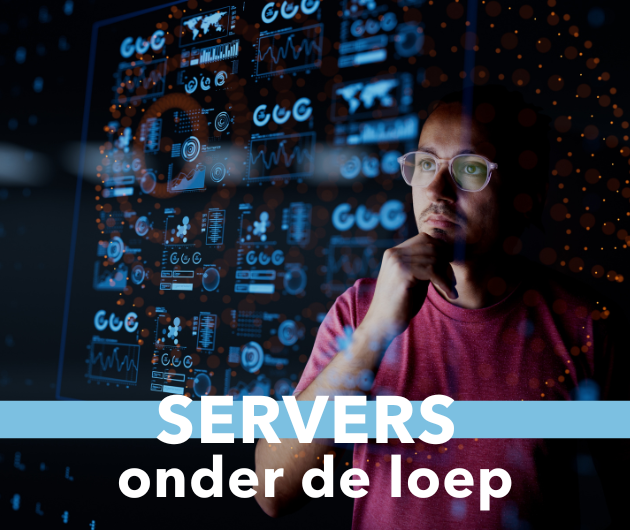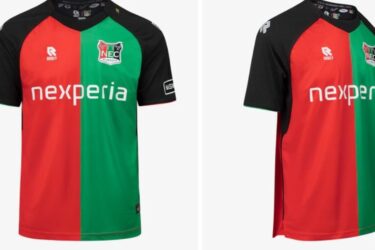Frank Soltis’ team added partitions to run guest operating systems to the core OS/400 to create the iSeries machines. An Intel-based add-in ran Windows and thus the common Windows server software. The main guest operating system was a version of Linux which could then run any Linux server program, provided that it could be recompiled into Power object code (most Linux and all Windows programs are supplied in Intel object code). GUI client functions ran conventionally on Intel PCs connected via an Ethernet.
As a result of this architecture the iSeries was still an AS/400 with some optional facilities to interest the typical AS/400 users. It was not a Windows or Unix machine and as such proved to have no special appeal to non-AS/400 users
So what has changed with the new i5 release? The new processor has more power, there is a rack-mount version, plug-in Intel subsystem, etc., all of which is expected from a machine with this pedigree. But the big difference lies in the introduction of a separate hardware management console (HMC), which incidentally (but transparently) is using Linux. In the previous releases the hardware management functions have been part of the basic operating system, now it is independently controlled and does not require a primary partition. The HMC maintains a hypervisor layer of software and microcode which creates an operating system neutral set of virtual hardware and basic functions. In particular partitioning of all the system resources is controlled by the hypervisor, via the HMC. Partitioning is a particular strength of most IBM systems, the dynamic allocation and sharing of units such as a processor are key to IBM’s strategy for “on-demand” computing. This is normally focused on dynamic sharing of resources among multiple invocations of the primary operating system, but with i5 there is no primary operating system, resources are shared among any partition, irrespective of what is using the partition.
Obviously i5/OS, the latest version of the older OS/400, is still the most prominent operating system, and as before there may be multiple invocations of it in separate partitions. Linux is probably the next most important OS supported because it is obviously interesting the current iSeries users, but it is also strategic to IBM. Normally an Intel processor figures in a Linux server, so unless the optional inboard PC hardware is used, the native Linux server will require applications to be recompiled for the Power processor (this is seldom a problem for server code, since it is always written using the standard Linux tools). AIX, IBM’s version of Unix is another candidate, but more intriguing is the possibility of a native Power version of 64-bit Windows (Longhorn). The future is not completely clear yet, but it appears that with this release of the hypervisor, IBM is close to converging the older iSeries and pSeries products into one system.
In conclusion then the new i5 is the ideal server for all midrange applications, whether a dedicated AS/400 user or someone looking for a general purpose platform. If there is only one specific application, such as a Web server, then an Intel box running Linux and Apache is the cheapest option, but for those who would like to simplify a more complex set of servers for data processing (i5/OS), engineering (Unix), Web (Linux) and possibly 64-bit Windows in the future then this is the ideal system. The outstanding question then is can IBM get this message across and shake off the mantle of the older image of the AS/400? We shall have to wait and see.< BR>
Martin Healey, pioneer development Intel-based computers en c/s-architecture. Director of a number of IT specialist companies and an Emeritus Professor of the University of Wales.








